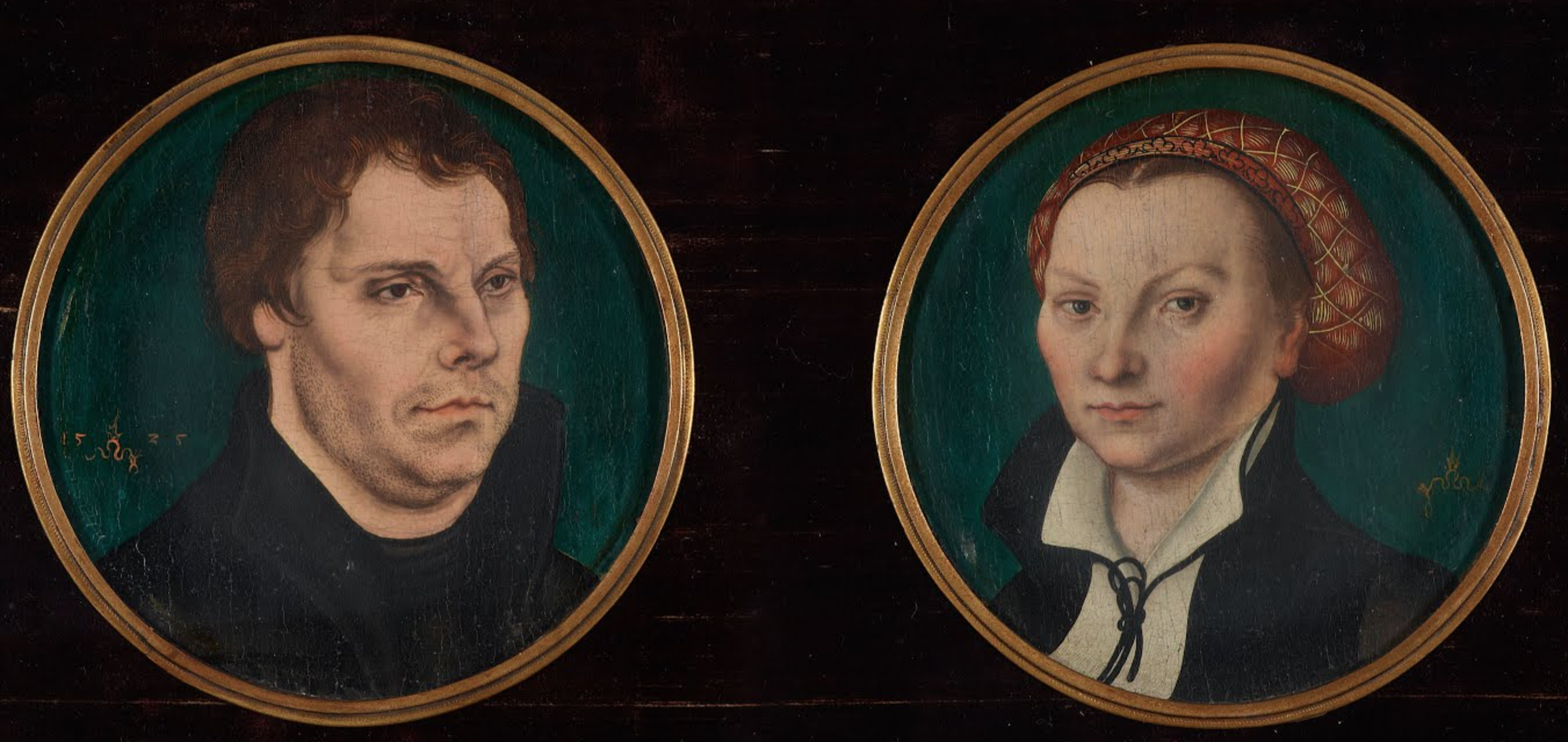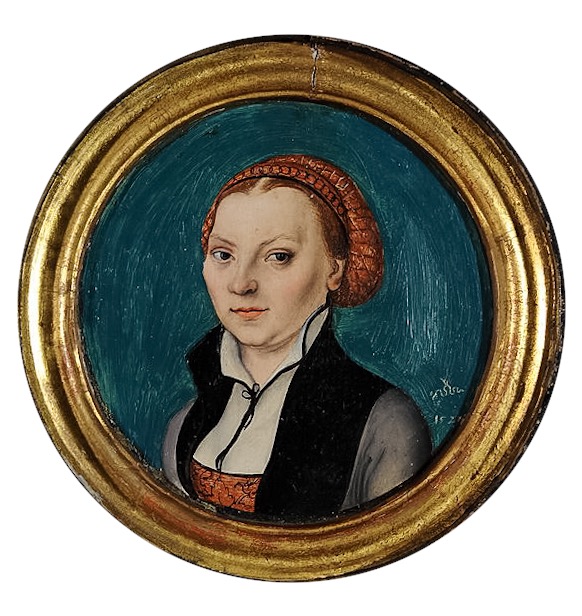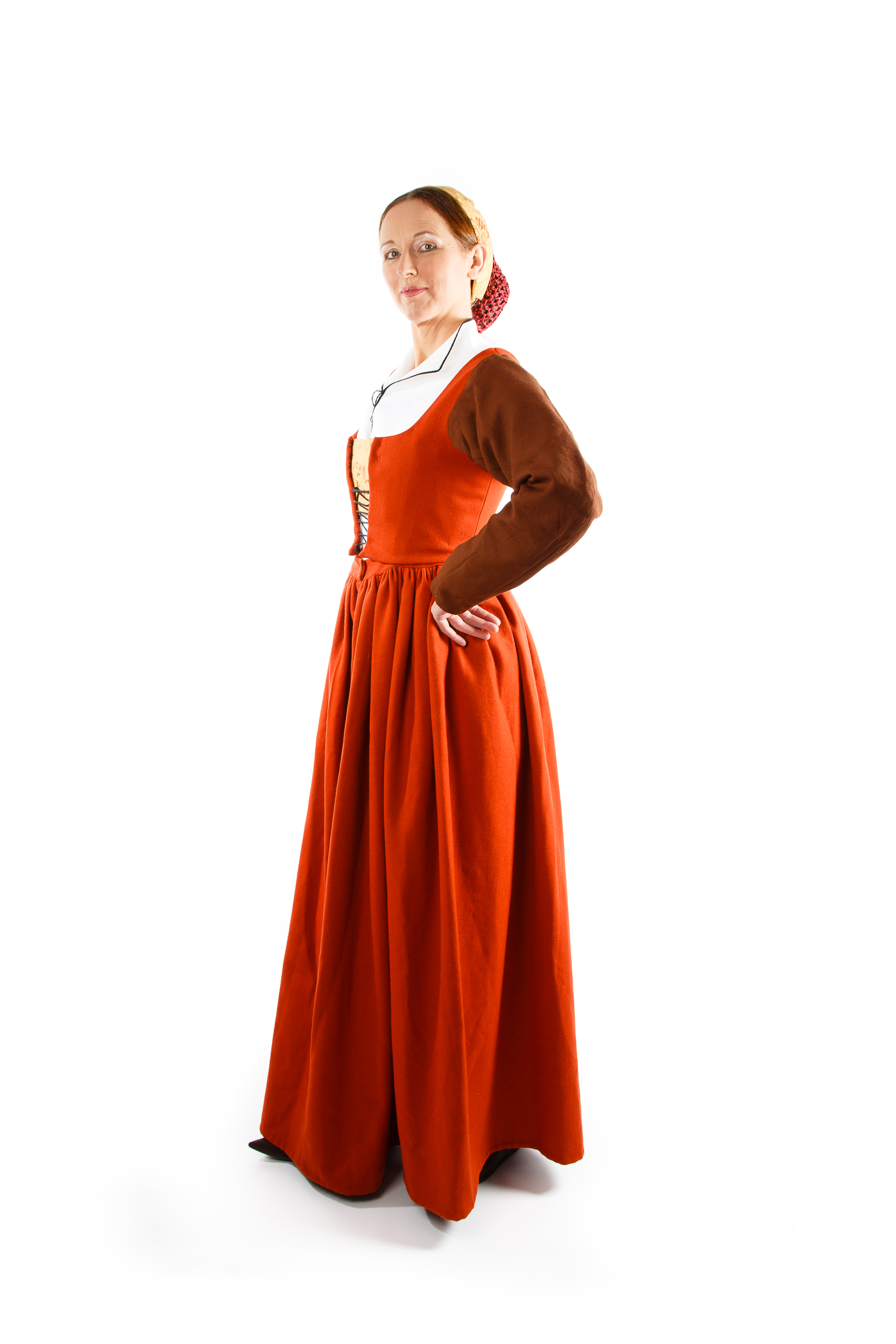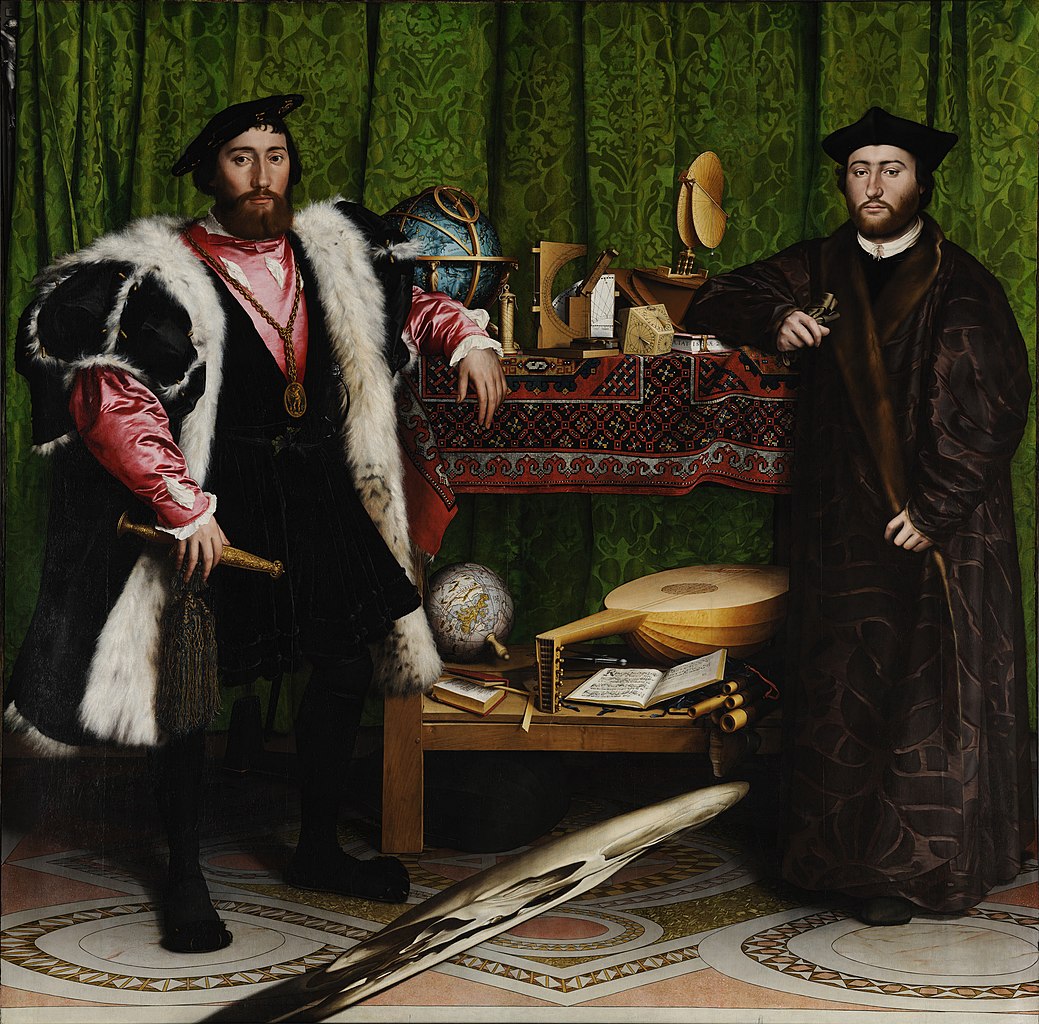
KATHARINA 500 muziekprogramma
In de Paasnacht 2023 is het 500 jaar geleden dat Käthe uit een klooster in Nimbschen ontsnapte en twee jaar later huwde ze met Maarten Luther.
We gaan het in dit programma niet over de theoloog Luther hebben, maar over de musicus. Hij wist hoezeer muziek het hart van mensen kon raken. 'Naast de theologie geef ik aan de muziek de hoogste plaats, want ook David en alle profeten hebben alles wat zij te zeggen hadden overgeleverd in maat en lied'. Muziek is de grootste gave van God aan de mensen!
Luther kon muziek lezen èn schrijven, want hij arrangeerde en componeerde ook. Het schijnt zelfs, dat Luthers luitspel een aanbeveling is geweest voor zijn aanstelling aan de universiteit van Wittenberg.
Katharina was een sterke vrouw die Maarten enorm gesteund heeft in zijn leven en werk. Zij was niet iemand die je onder het tapijt veegde. Ze sprak Latijn, kon lezen en schrijven, boekhouden en managen. Luther noemde haar vaak gekscherend: Herr Käthe. Ze stond haar mannetje.
Maarten en Käthe hebben elkaar op bijzondere wijze getroffen.
Hier willen we extra aandacht aan besteden.
Barbara Cranach, die getuige was bij het huwelijk van Maarten & Katharina, is de vertelster in het programma.
Voorstelling te boeken: musicksmonument@me.com


Paula Bär-Giese - soprano & Hans Meijer - lute

Music and Martin Luther
As with most music students of his time, Luther had a grounding in both singing and the lute and was recognized as a skilled lute-player with a pleasant tenor voice.
For Luther, music was not a ‘dark art’ but one which he grasped as well as any other educated person of his time. He enjoyed singing and playing his lute at home.
Luther’s detailed knowledge of polyphonic works may well have links with his proficiency on the lute. A substantial portion of the pieces found in German tabulations of the period, both in manuscript and published, are drawn from vocal models.
There are lute tabulations of vocal polyphony by such composers as: de la Rue, Schlick, Isaac, Hofhaimer, Josquin, Senfl, Judenkönig, Ducis, Stolzer and others.
There is therefore the possibility that Luther played such lute transcriptions as well as singing the vocal polyphony with his family, friends and colleagues.
Martin Luther & Josquin des Prez
Luther - Vom Himmel hoch, da komm ich her
After his death, as his body was being transported back to Wittenberg from Eisleben where he was died, the people in Halle appropriately marked his passing by singing one of the hymns he created: Aus tiefer Not schrei ich zu dir.
Walter - Luther compositions: Ach Gott von Himmel - Christ lag ynn todes banden

KATHARINA VON BORA
With or without her husband, Katharina was a woman of faith, stature, and conviction that often moved her to action. Katharina was born into a poor but noble family in the German state of Saxony. When her mother died, little “Katie,” at around five years old, was sent to a Benedictine convent school near Halle. At age ten she was transferred to a Cistercian nunnery in Nimbschen, and in 1515, at the young age of 16, was consecrated as a nun.
Katharina lived as a nun for the following eight years, but as an intelligent woman and deep thinker, she could not ignore the news of Dr. Martin Luther and his campaign to reform the wayward teaching and practises of the Church.
“When Katherine was seventeen, Dr. Luther had come as near to their convent as Grimma, six miles away, and reports of his sermons in that church seeped into the convent. One of the nuns was Magdalene von Staupitz, niece of the vicar-general of the Augustinians, the man who gave Luther his first Bible with the words, “Let the study of the Scriptures be your occupation.” From this had stemmed Luther’s conversion and devotion to the Bible. Magdalene had received some of Luther’s writings and had eagerly imbibed the Reformed doctrines. She gradually and secretly drew as many as eight other nuns to her way of thinking. Katherine was one of them. Over their endless embroidery, patient distilling of herbs, and so on, they contrived to whisper together, and were alert to every bit of ecclesiastical news from the outside world.”
The escape of Katharina and eleven other nuns on Holy Saturday in 1523 is an exciting story and only the beginning of many courageous decisions and actions she would need to take during her life as the wife and widow of Dr. Luther. Katharina arrived in Wittenberg after the escape, she was taken in by the family of Lucas Cranach. Lucas Cranach Digital Archive
At his death Luther had been receiving a pension annuity from King Christian III of Denmark. King Christian III continued the pension after Luther’s death, making the payments to Katie. When the pension stopped coming in 1548, two of Luther’s colleagues sought to get the pension restored, to no effect. Katie took up the cause in letters to King Christian III in 1550 and 1552, to which the king finally assented. Katie was clearly a force to be reckoned with, a bit like the New Testament’s persistent widow.
HANS HOLBEIN 1533 - Painter at the Court of Henry VIII - THE AMBASSADORS
On the lower table, you can see an 11-stringed lute and an open book of music. But notice the broken string: this is commonly regarded as evoking ecclesiastical disharmony during the Reformation. Would things be improved simply if the reformers returned to the fold? Is this more Catholic propaganda? Well, the fascinating thing is that the book is in fact a Lutheran hymnal and the hymn is Luther’s own composition KOM HEYLIGER GEYST
 Foundation Musick's Monument
Foundation Musick's Monument
